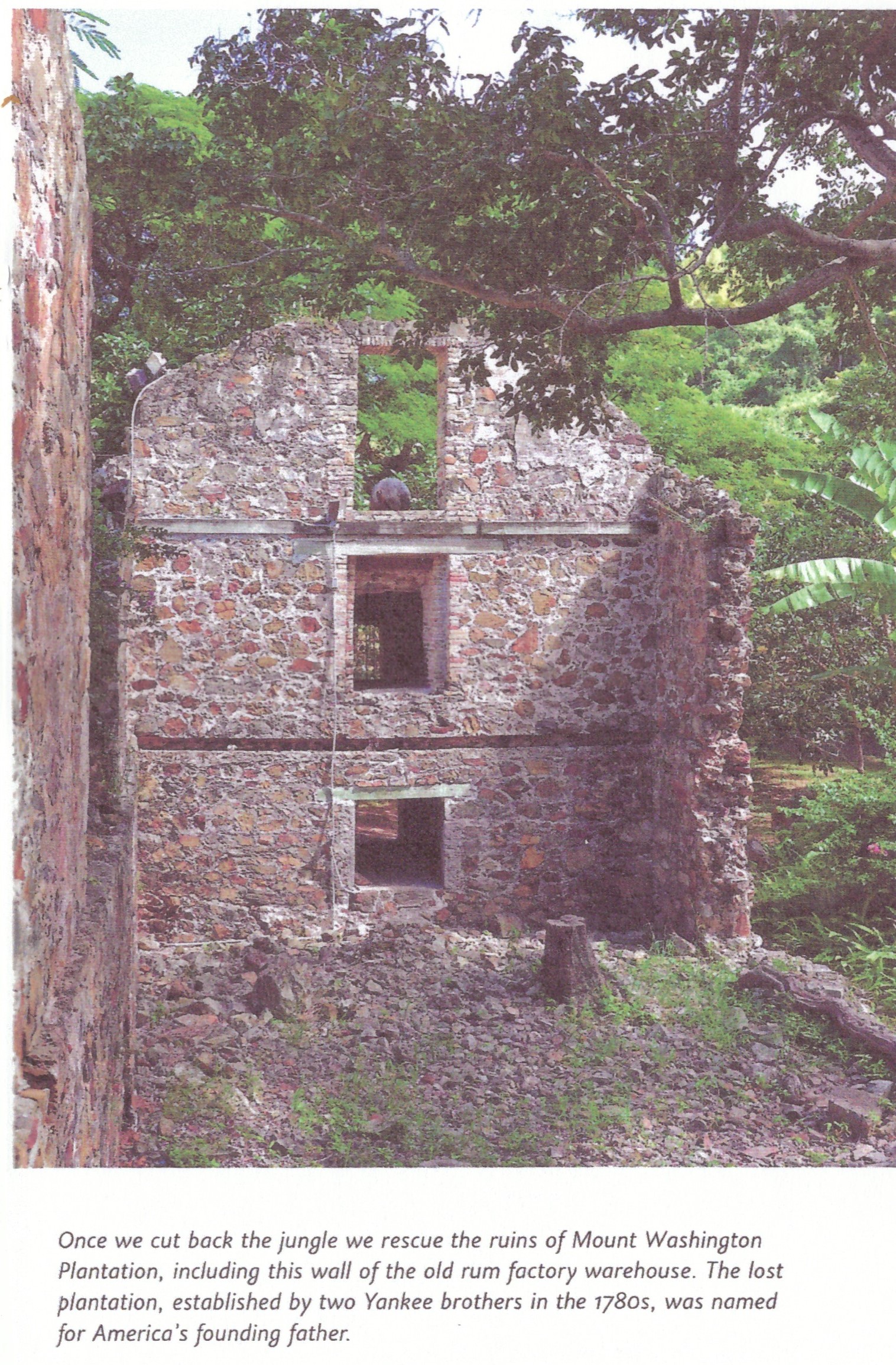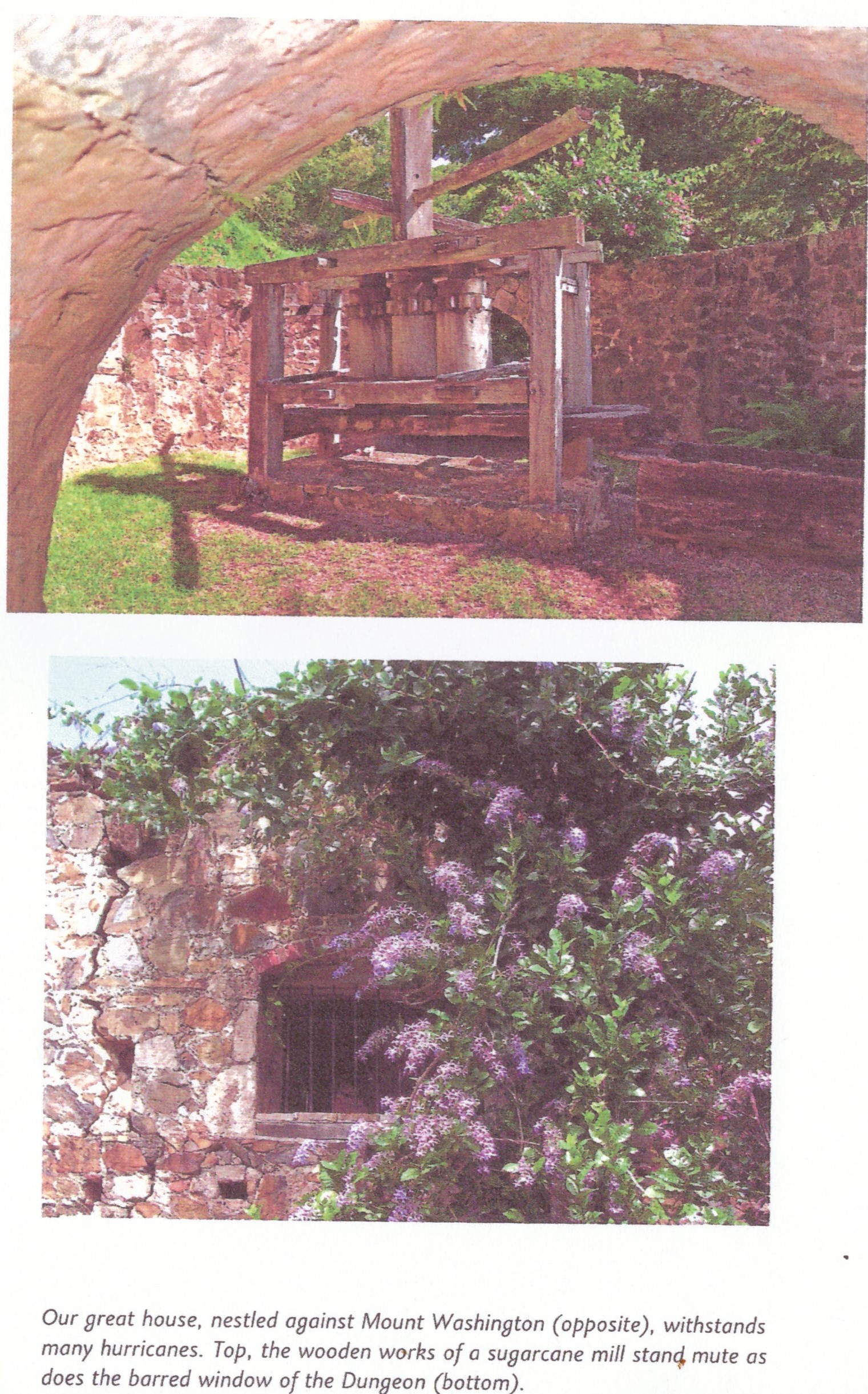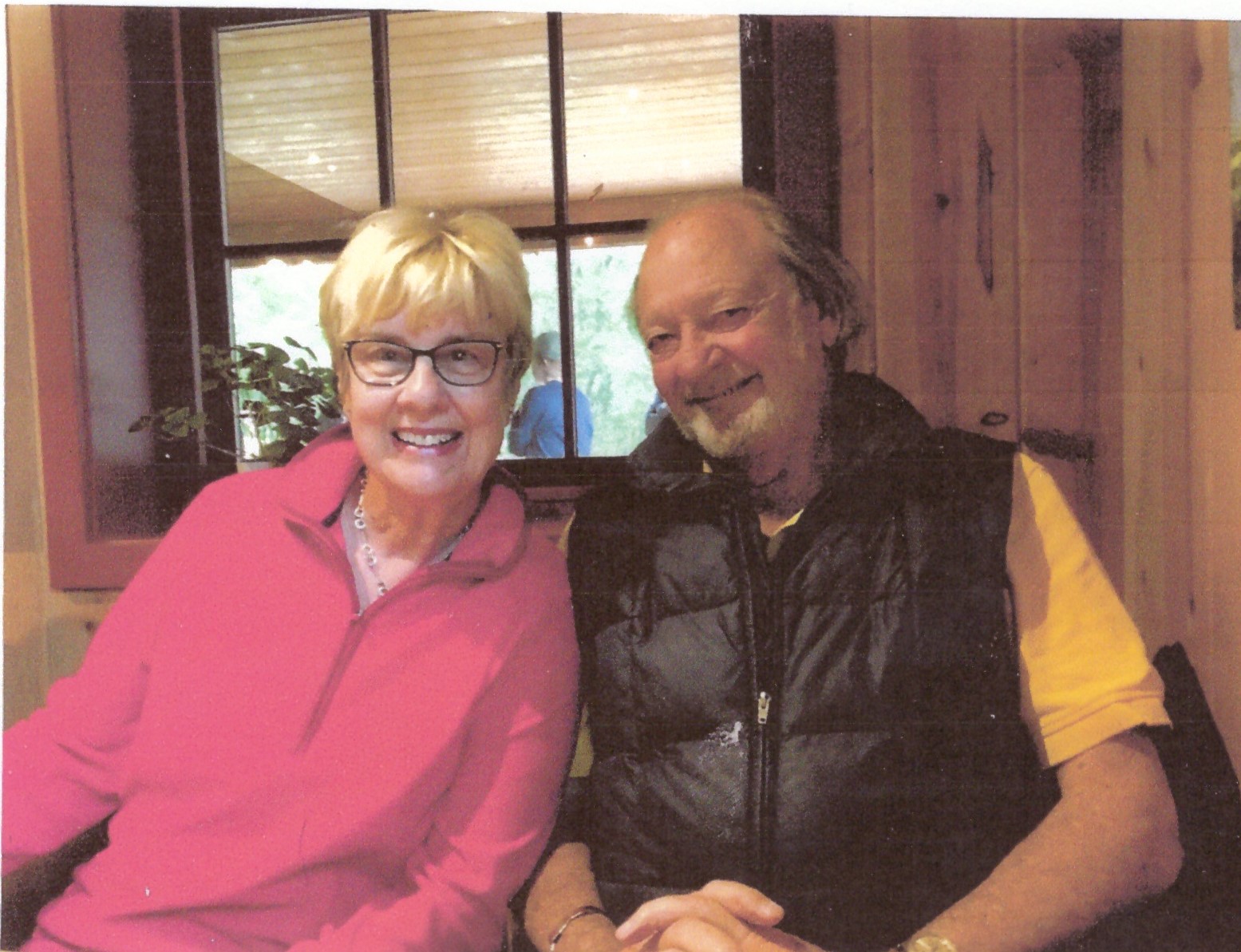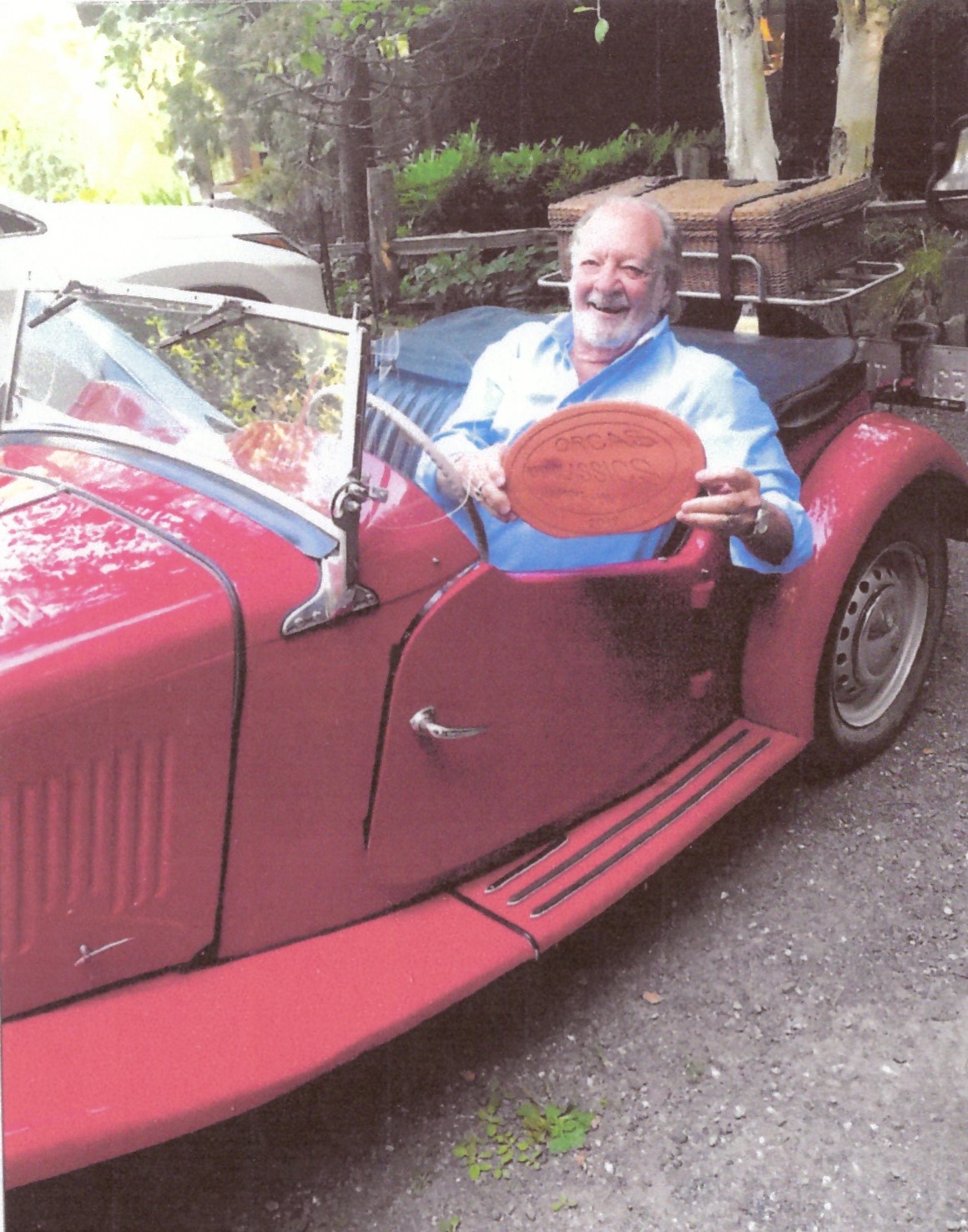


Here is the history of our extraordinary discovery of a “lost” Danish West Indian sugar and rum plantation in the Caribbean abandoned after a 1898 hurricane covered with vines and waiting to be discovered. We found the historic ruins on the island of St. Croix in the Virgin Islands.
As a child I was fortunate to grow up in the tropics leaving for stateside education and a degree in philosophy at Cornell University in the very cold north of Ithaca N.Y. I was pretty much frozen until being rushed by Sigma Alpha Epsilon where I joined a group of students who knew how to survive and appreciate the joys of college life. New York Alpha was ( and I hope still is ) a warm welcoming house to students from a variety of home locations and upbringing traditions. It was a wonderful 3 1/2 years.
Returning to St. Croix after graduation in 1960 I established my own real estate firm and for the next 20 odd years, I specialized in historic preservation of the older Danish colonial structures that resonated with the history of plantations, pirates, and sugar rum fortunes. I recycled and restored several of these stone buildings into income production helping revitalize the small town of Frederiksted on St. Croix. Besides rental, retail sales, apartment creation and management we branched out into land subdivision and sales although fascination with the early history of the colonization of the sugar islands became my focus.


In 1983 I came upon a once in a lifetime opportunity to acquire a large tract of old Danish sugar estate parcels including 2,000 feet of beach and coral waterfront. With like minded partners, we secured the 200 acres of property and began clearing away the jungle, saving the old growth trees, cutting in dirt road access trails, and finding a surveyor who relocate the boundaries hidden away in the bush.
In the process we uncovered the vine shrouded stone ruins of an abandoned Danish sugar and rum plantation later identified as Estate Mount Washington. After some persuasion my wife agreed that it could be an opportunity to build ourselves a unique new home within the stone ruins. At the same time set we could set an example of meaningful preservation of the rich history of early colonial development revealing the tragic history of human suffering caused by the slave trade that made such plantations possible.
In clearing out the jungle growth we found an entire sugar production industrial complex with an early stone sugar crushing mill, a village of 17 stone cottages for the enslaved worker families, an infirmary or sick house, stone stables, a 3-story stone rum barrel storage warehouse, stone water cisterns, a two story dungeon and the ruins of a hurricane destroyed Greathouse home for the plantation owner and family.
We were overwhelmed by what we had found but with encouragement from friends and fellow historic preservation advocates we undertook a three-year restoration and reconstruction process including a trip to Copenhagen to unearth the history of the plantation and begin the recreation of the plantation including the Greathouse. We discovered an original watercolor of the plantation dated 1839 and the entire list of the owners and enslaved worker’s names, including their skill level and religion. The Danish government kept meticulous records as part of their census duties.
All these historic records are now in the island library museum archives.
During the three year restoration process we purchased 20,000 board feet of termite proof mahogany and “green heart” for flooring, roof beams and trim from the Amazon. Recreating a historic home required furnishing it with the age-appropriate mahogany furnishings of the period via fabrication and visits to antique auctions. We also searched for authentic sugar crushing machinery finding some in Santo Domingo.
These efforts tell the story of human suffering as well as the international growth of the sugar trade with the colonial north of the United States and the empires of European nations. The story of slavery and its evils had to be a history lesson long to remember and not to be repeated. The rebuilt Estate Mount Washington became our home for the next 35 years until we decided that simplifying our lives and downsizing was necessary and appealing. Recovering from the devastation of several hurricanes in 2017 led me to close my real estate firm after 55 years and move to the Pacific Northwest.


The plantation was sold to a family from Denver who were looking for a dream property in the Caribbean large enough for their three-generation family. Our island friends tell us that the family loves the plantation and respects the history it represents.
Anthony Ayer ’60 and Nancy Ayer
